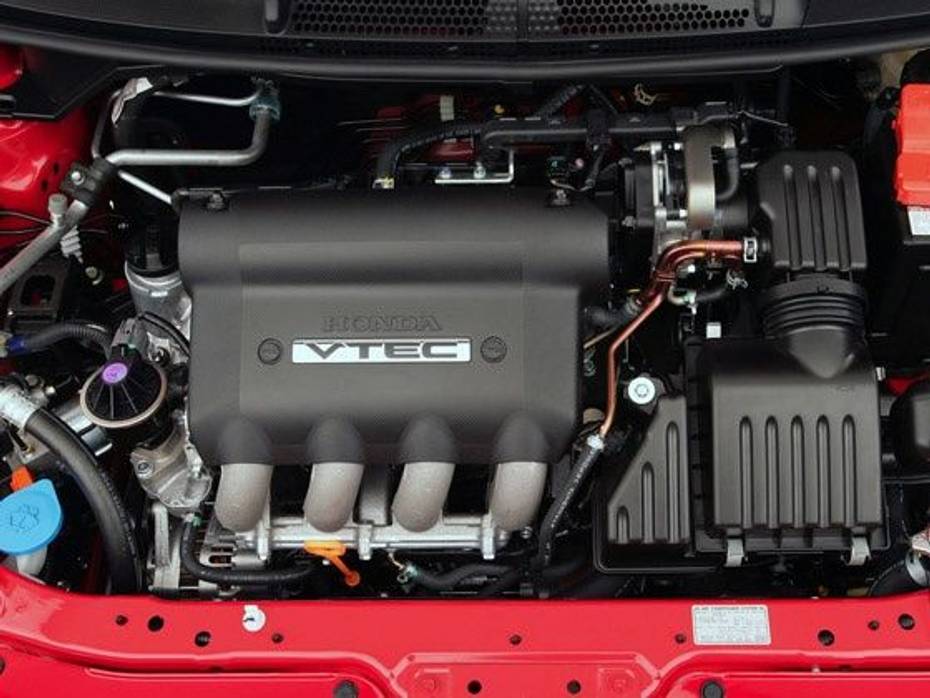
Auto Expo 2025 - All You Want To Know About The Hottest Auto Show!
- Jan 5, 2025
- Views : 6576


In the current automobile scenario where there seems to no end at looking for technology that reduces fuel consumption and increases performance of car engines, VVT has turned out to be one the most popular systems with carmakers and users alike. An internal combustion engine uses valves for intake and exhaust.
These valves are either directly or indirectly driven by cams on a camshaft. The cams open the valves for a certain amount of time during each intake and exhaust cycle takes place. In principle, this operation is fine and should operate without compromising combustion of fuel and efficiency. However, at high engine speeds the engine requires large amounts of air. The time for each intake cycle of the valves becomes inadequate as more air is required to burn more fuel to produce enough power to maintain or increase the speed of the vehicle.
This is where Variable Valve Timing comes into play. VVT is a piston engine technology that deliberately delivers inconsistent timing of the intake and / or exhaust valves. The benefit of this is fuel efficiency and the ability to deliver peak performance over a variety of driving conditions. The main advantage of VVT is that it can prolong exhaust and intake cycles at high speeds and reduce cycles at slow speeds. This results in good performance of the engine at high speeds and increased fuel efficiency at low speeds.
Pressure from environmental bodies to increase fuel efficiency standards has forced all mainstream car manufacturers to adopt some form of Variable Valve Timing or the other. Most mainstream manufacturers use proprietary technology for VVT systems and have affixed a proprietary term to distinguish their interpretation and use of the technology from other manufacturers.
Some of those terms are as follows:
• Alfa Romeo – with its Twinspark engine
• Audi - VVT
• BMW - Valvetronic, VANOS and Double VANOS
• Ford - Variable Cam Timing
• GM - Double Continuous Variable Cam Phasing (DCVCP), Alloytec and Variable Valve Timing (VVT)
• Honda - VTEC, iVTEC and VTEC-E
• Hyundai – MPI, CVVT, VTVT
• Lexus - VVT-iE
• Mazda - S-VT
• Mitsubishi - MIVEC
• Nissan - N-VCT, VVL , CVTC and VVEL
• Porsche - VarioCam and VarioCam Plus
• Subaru - AVCS and AVLS
• Toyota - VVT, VVT-i and VVTL-i
• Volkswagen - VVT
• Volvo - CVVT

Auto Expo 2025 - All You Want To Know About The Hottest Auto Show!

Mahindra BE 6 Launched: Price For The Top-spec Variant Is Out!

Volkswagen Golf GTI Set For India Launch In Mid 2025, Top 5 Things...

JSW MG Motor India Revealed Their New SUV, The MG Majestor At Auto...

Auto Expo 2025: Tata Sierra ICE Concept Breaks Cover, All Details...

VinFast VF3 vs MG Comet EV: A Detailed Comparison Of The Two Cute And...

Here’s A List Of All Cars That Will Be Coming To The Auto Expo...

2025 Tata Nexon Introduced With 3 New Variants And 2 New Colours

The Story Of Tata Sierra: An Icon India Missed And Now Eagerly Awaits
India's largest automotive community
 Kia Syros
Rs. 8.99 Lakh
Kia Syros
Rs. 8.99 Lakh
 Vayve Mobility Eva
Rs. 3.25 Lakh
Vayve Mobility Eva
Rs. 3.25 Lakh
 BMW X3
Rs. 75.80 Lakh
BMW X3
Rs. 75.80 Lakh
 Hyundai Creta Electric
Rs. 17.99 Lakh
Hyundai Creta Electric
Rs. 17.99 Lakh
 Lotus Emira
Rs. 3.22 Crore
Lotus Emira
Rs. 3.22 Crore